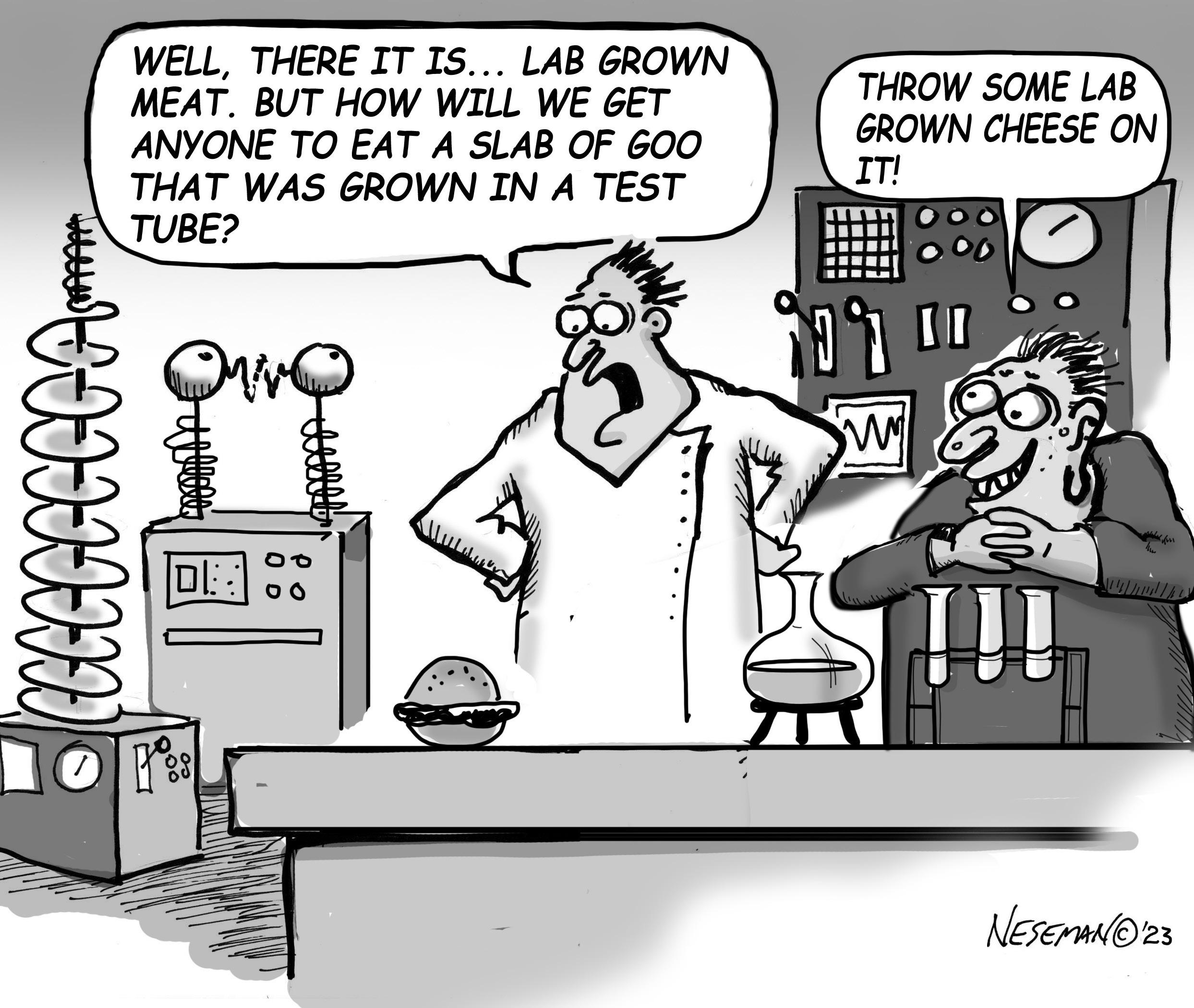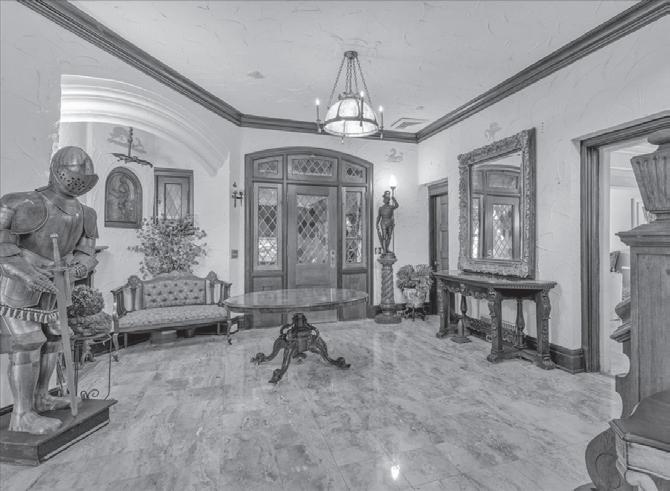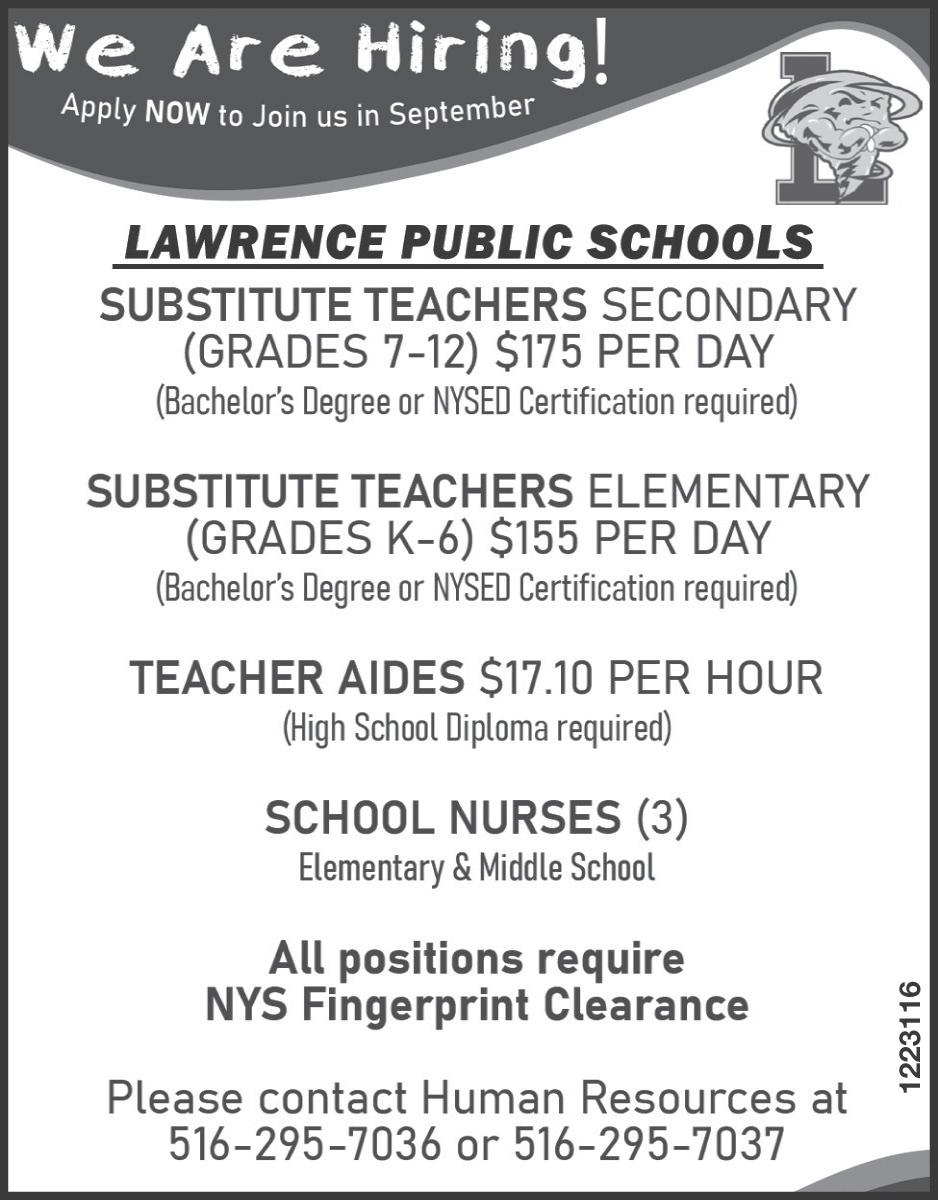
2 minute read
Many commuters say fare hikes aren’t fair
“I think it’s very unnecessary, considering trains are rarely on time,” Curet said. “There’s always an issue with the rails during weather issues. There’s always an excuse, but us — the people that have to ride the trains — we have to fork over more money without any changes being made.”
Greg Weinstock, of Rockville Centre, said the increases wouldn’t impact his use of public transit, “because we still have to get places,” and that he doesn’t think the MTA is asking too much by increasing ticket prices.
“The price of everything has gone up because of inflation,” Weinstock said. “… It’s the reality of the world.”
While the MTA customarily raises fares every two years, officials held off on an anticipated round of increases in 2021 for fear that they would force commuters to avoid using mass transit at a time when winning them back was crucial.
The situation came to a head earlier this year, when the MTA said it faced a projected budget gap of $2.5 billion by 2025. It has since managed to stave off financial disaster and avoid making drastic service cuts after Gov. Kathy Hochul and lawmakers promised millions of dollars in additional funding.
“We have to face the harsh reality of MTA’s fiscal cliff — a problem that was created by almost the complete cessation of ridership during the pandemic — except for emergency workers, first responders and health care workers,” Hochul said in her 2024 executive budget address.
Critics and observers, however, argued that the MTA’s budgetary problems reach back decades, with the agency mired in fiscal troubles attributable to questionable budget practices, resulting in expenses outpacing revenues.
“I’m disappointed that prices have to go up the way they have,” Jordi Donato, a commuter from Brooklyn who was taking a train in Rockville Centre, said last week. “I understand they have some sort of budget gap to fill, but at the same time, I feel like there should be other ways to get around that aside from raising the fares.”
The current fare bump, and others that may be on the way, are part of a roughly $1.3 billion bailout deal struck between the MTA and Albany, according to Janno Lieber, MTA’s chair and chief executive.
With the LIRR having reduced some fares by 10 percent last year, “the fares are still (comparatively) lower than they used to be, even though everything else in life has gone up,” Lieber said.
Still, many commuters, including those in Rockville Centre, said the increase would only serve to price out commuters and ultimately decrease ridership.
Charisse Mamer, of Rockville Centre, said that with so many New Yorkers facing financial hardships, increasing the cost of train rides would certainly affect people who depend on public transportation to get around.
“A lot of people probably won’t use it as much, as often,” Mamer told the Herald. “If it’s going to cost more, then they probably would rather drive.”
Weinstock said that the MTA has LIRR users in a box, because it is also planning to introduce congestion pricing, making it more expensive to drive in and out of the city as well.
“So driving is not a palatable alternative,” Weinstock said. “It’s going to be a tough choice.”
Additional reporting by Juan Lasso
HONOREE SUPPORT BETTER HEALTH CARE ON THE SOUTH SHORE AND JOIN US FOR MOUNT SINAI SOUTH NASSAU’S ANNUAL GALA!











